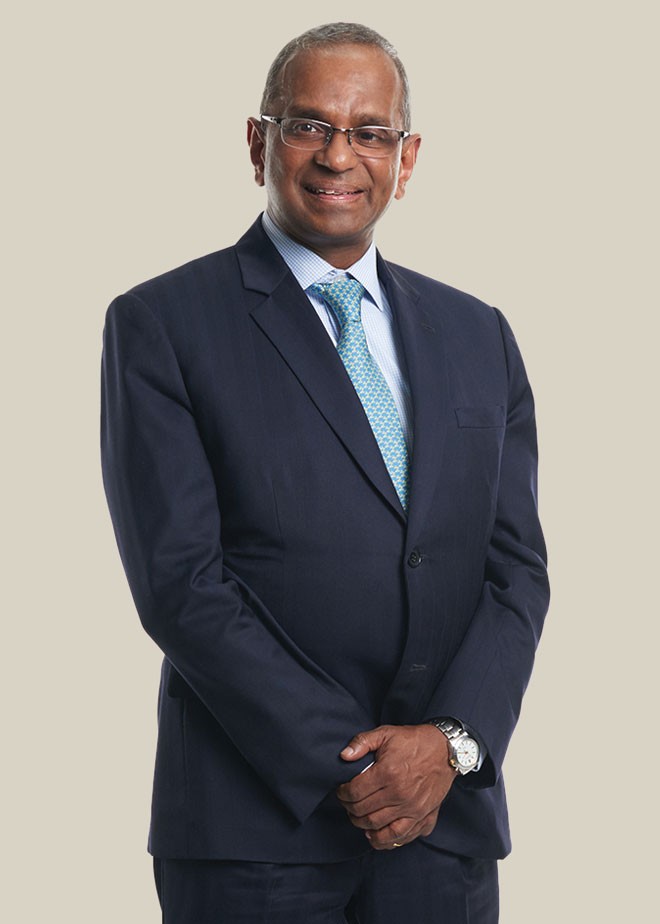
With coronavirus infections spiking again in many parts of the world, there has been more pessimism about the world economy and what it means for Asia. However, the incoming data still shows a continuing global recovery.
In the coming months, as China’s infrastructure splurge generates new demand, the prices and volumes of raw material exports are likely to rise. But it is when the developed economies find their feet again, and particularly when business investment in those economies recovers in 2021, that the demand for Asian manufactured goods will recover in a more durable fashion, with Taiwan, Singapore and South Korea as the main winners.
Forecasters are estimating annualised economic growth in the third quarter in the US at anywhere between 15% and 30% even though the pandemic has resurfaced in many parts of the country. Similarly, European data show the recovery in production and consumer spending persisting despite the bad news on second-wave infections in various parts of Europe. It is the same in Asia outside countries such as India and the Philippines where the pandemic continues to grow.
This resilience is because, for the most part, policymakers are eschewing stringent nationwide lockdowns in favour of more targeted measures to control the pandemic. While most ordinary citizens remain worried about the risk of infection, they are not as anxious as in the early part of the year because better clinical management and new drugs have reduced the fatality rate considerably. People are also more aware of how to reduce their chances of being infected.
Without underestimating the downside risks, we believe that business activity can hold up much better than in the initial phase of the pandemic.
Gradual progress
Going forward, we see more countries learning to mitigate the worst effects of the pandemic and thus allowing economic life to gradually improve. Moreover, policy support remains substantial. If anything, the US Federal Reserve Bank has indicated it will become even more aggressive in providing the monetary fuel to sustain the economic recovery. In varying degrees and with divergent policy tools, the same determination is evident in other large economies.
East and South-East Asian economies have benefited from the continued growth in demand for tech exports
In Asia, central banks can still cut policy rates while retaining fiscal policy space. China, in particular, is poised to see a vigorous economic resurgence, powered by state-supported infrastructure spending, measures to boost lending to small enterprises and supply-side reforms including financial liberalisation and the easing of restrictions on migrant workers in the big cities.
We see China growing by around 3% this year and by 8%–9% next year. Since China is now 17% of the world economy, this impressive economic expansion will provide a decided boost to global demand. Initially, it will be exporters of coal, oil, base metals and rubber that will benefit, but, over time, China’s need for intermediate and capital goods will also benefit exporters such as Germany and the East Asian economies.
How will Asia fare?
The continuing uptick in external demand will be welcome across Asia. So far, East and South-East Asian nations have enjoyed a degree of resilience in their exports. The region’s export volumes expanded 1.1% in July compared with the same period the year before, even though overall global export volumes shrank by 7.6%.
There are two reasons for this: East and South-East Asian economies have benefited from the continued growth in demand for tech exports while their success in containing the worst of the pandemic has allowed their factories and supply chains to recover ahead of other regions. We expect tech demand to rise again in 2021, powered by the 5G roll-out and demand for new consumer products.
Our research shows that business spending on capital equipment in the developed economies remains the single most important determinant for developing Asia’s manufactured exports. There have been some incipient signs of recovery: core capital goods orders in America have been rising again while German capital goods orders have recovered surprisingly well. If, as we assume, the pandemic gradually comes under control, and there is sufficient policy support, business confidence is likely to return and that should spur a revival of capital spending.
In short, while we do not lightly dismiss the downside risks, we believe that the most likely scenario remains that of a decent revival in economic activity in developing Asian economies in 2021.





